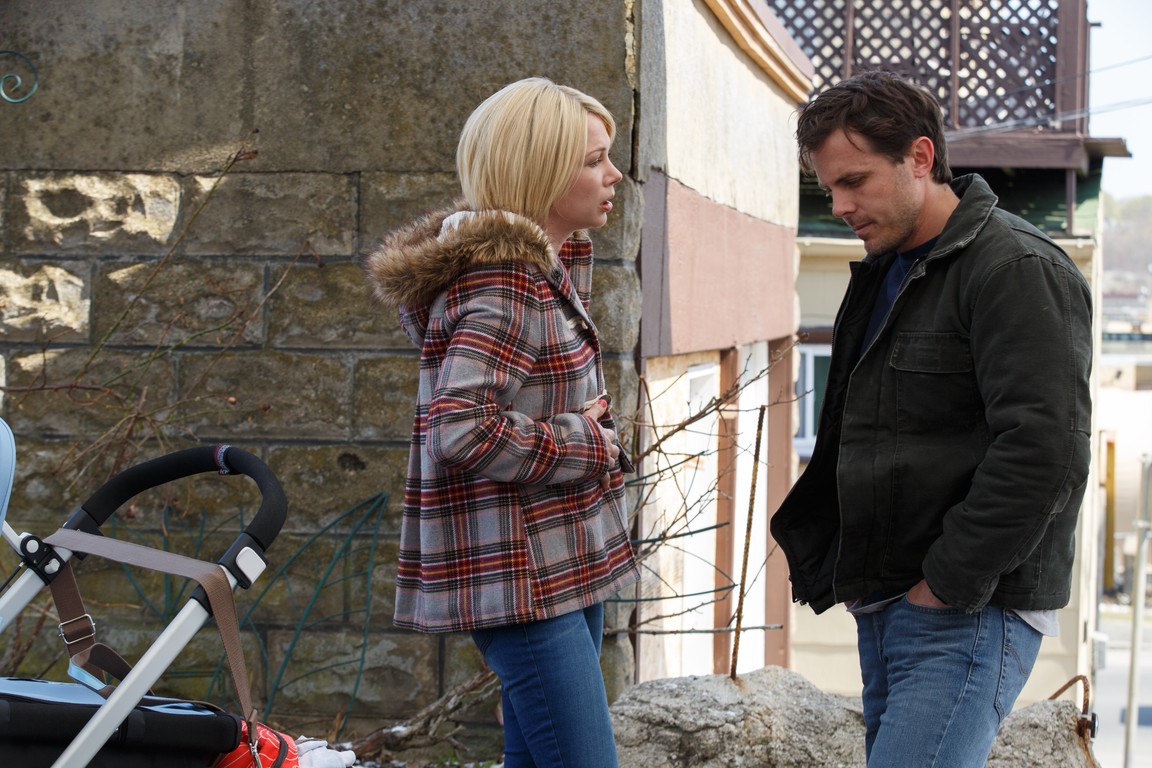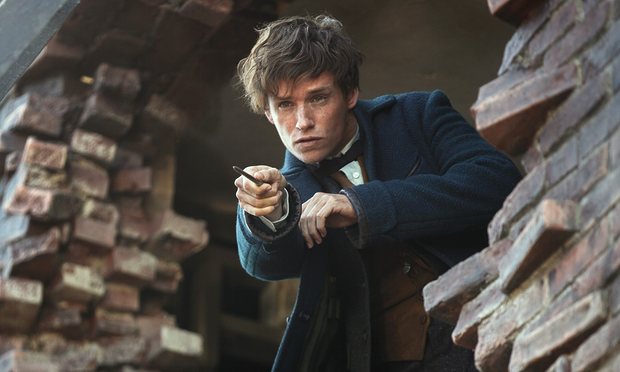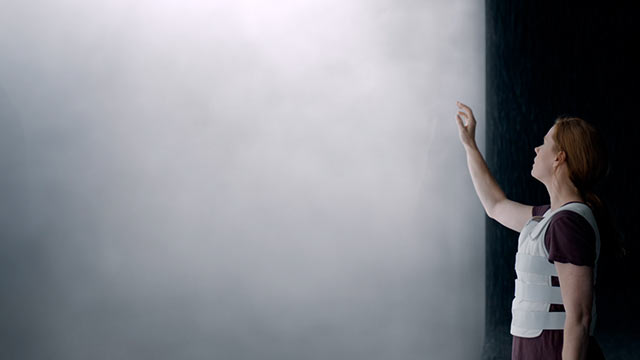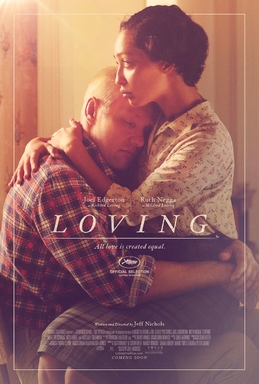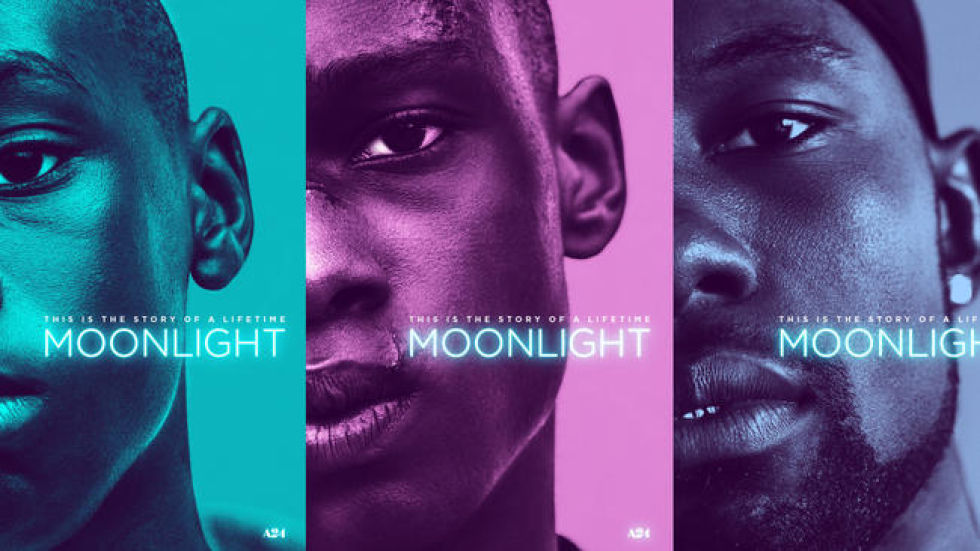Manchester By the Sea
Posted on November 23, 2016 at 10:00 pm
A-| Lowest Recommended Age: | Mature High Schooler |
| MPAA Rating: | Rated R for language throughout and some sexual content |
| Profanity: | Very strong language |
| Alcohol/ Drugs: | Drinking and drunkenness, substance abuse and recovery |
| Violence/ Scariness: | Fighting, tragic deaths of parent and children |
| Diversity Issues: | None |
| Date Released to Theaters: | November 23, 2016 |
| Date Released to DVD: | February 20, 2017 |
| Amazon.com ASIN: | B01LTHZVKG |

We think the hard question is why bad things happen to good people, but really the hardest question is this: when the hard things happen, how do we go on?
Writer/director Kenneth Lonergan likes to explore this question in films that are complex, layered, and respectful of the audience’s intelligence and attention span. He lets the story bloom in its own time. He lets his characters lead messy lives, even after the story ends. He does not lay out all the backstory with voiceover narration or the kind of exposition-heavy dialog (“It’s been three year since it happened. Don’t you think it’s time to move on?”) that writers often use as shortcuts. As we go back and forth in time, it is not clear whether we are seeing incidents from the past that the characters are recalling now or whether it is just Lonergan himself, letting us deepen our understanding. Either way, it is presented with exquisite care, and exquisitely calibrated performances that reward our careful attention.
Lee (Casey Affleck), his brother Joe (Kyle Chandler), and Joe’s son Patrick (Ben O’Brien as a child, Lucas Hedges as a teenager) enjoy an afternoon on Joe’s fishing boat. And then we see Lee, shoveling snow, doing repairs in an apartment building, dogged and remote. He overhears a tenant telling someone she thinks he is attractive, but he does not respond. He argues with his boss. He overreacts at a bar and gets into a fight. Later, we will hear someone refer to him in hushed tones as “the Lee Chandler.” But it will be a while before we learn the tragic details that led to his notoriety.
Lee gets a call. Joe, who had a bad heart, has died. Lee is calm and capable, driving to the hospital and making arrangements. But he is shocked to find that Joe has made him Patrick’s guardian. We know that Lee is a limited, damaged man. And perhaps we know that the unexpected guardianship of a teenager is his opportunity for redemption. We’ve all seen that movies, probably often enough we can predict how many minutes until the big hug scene. But Lonergan has something different in mind, something more layered and complex. It is sad, but not dreary. There are moments of great humor, especially as Lee and Patrick try to find a way to figure out what they are going to do next. Each, in his own way, is disconnected from his feelings and not interested in trying. Patrick cares about his two girlfriends and his band. He wants to hold onto his father’s boat, even though Lee cannot afford it. He wants to stay in the film’s title town, even though Lee works in Boston. Lee — well, he pretty much just wants to whatever task lies in front of him without having to feel too much.
It all literally pieced together for us gradually as moments from the past are revealed, perhaps as recalled by Lee, perhaps just Lonergan’s sure sense that only putting the pieces of the puzzle together slowly, leaving some spaces for us to fill in ourselves, will give us the deeper sense of recognition. Individual scenes are exquisitely composed and performed, especially a conversation between Lee and his ex-wife, Randi (Michelle Williams), another in a police station, and an awkward meal with Patrick, his mother, a recovering substance abuser (Gretchen Mol), and her tightly-wound new partner (Matthew Broderick), poised between protective and controlling. The cumulative power sneaks up on you, until the perfectly imperfect ending.
Parents should know that this film includes disturbing material with very strong and crude language, a deadly fire, tragic deaths including parent and children, attempted suicide, sexual references including teen sex and brief nudity, drugs, drinking and drunkenness, and some fighting.
Family discussion: Why did Joe pick Lee? Why didn’t Patrick show more emotion? Why does this movie wait to tell us what happened to Lee?
If you like this, try: “You can Count on Me” and “Margaret” from the same writer-director

